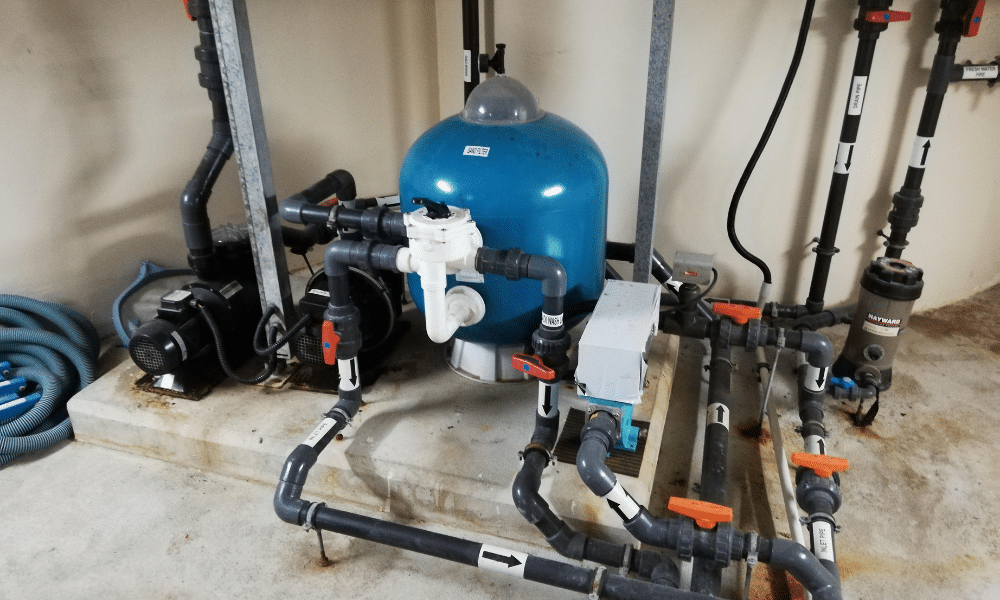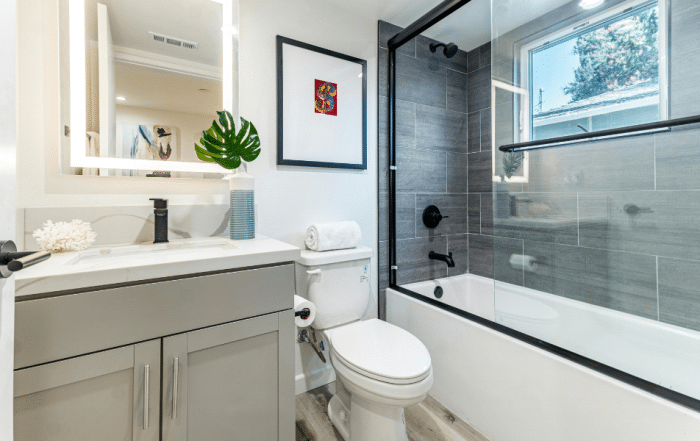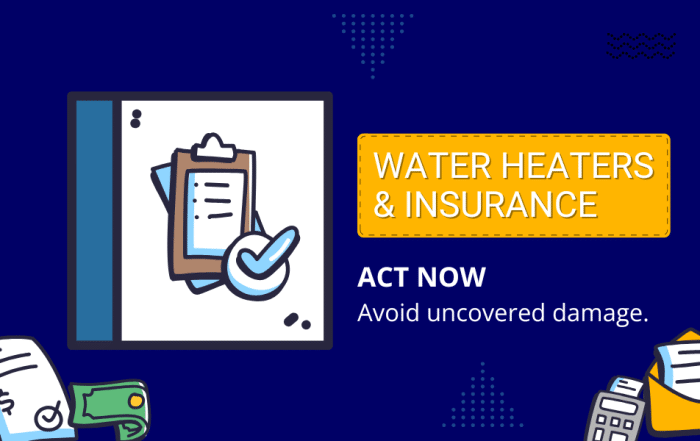If your home has a basement or crawl space, you likely rely on a sump pump to protect it from flooding and water damage. But when was the last time you actually tested it?
Many homeowners don’t think about their sump pump until it’s too late. A failed pump during a heavy rainstorm or sudden snow melt can lead to thousands of dollars in water damage. Fortunately, testing your sump pump is a simple task that can save you a major headache down the road.
In this post, we’ll walk you through how to test your sump pump in just a few easy steps — no plumbing degree required!
What You’ll Need
- A bucket of water or a garden hose
- A flashlight
- A helper (optional, but useful)
- A GFCI outlet (make sure the pump is plugged into one)
Step-by-Step: How to Test Your Sump Pump
1. Check the Power
First, make sure the sump pump is plugged in and receiving power. It should be connected to a GFCI outlet. If the outlet has tripped, reset it. If you have a battery backup system, check that it’s charged and functioning.
2. Inspect the Pit
Use a flashlight to look into the sump pit. It should be clean and free from debris like mud, leaves, or gravel. These can clog the pump or jam the float switch.
3. Test the Float Switch
The float switch is what tells your pump to turn on when water levels rise. To test it:
- Slowly pour a bucket of water into the sump pit.
- As the water rises, the float should lift and activate the pump.
- The pump should start, drain the water, and shut off once the pit is empty.
If the pump doesn’t turn on, or it turns on but doesn’t remove the water, you likely have a malfunction.
4. Listen for Strange Noises
While the pump is running, listen for any grinding, rattling, or humming sounds. These may indicate a clog, a bad motor, or a worn-out impeller.
5. Check the Discharge Line
Make sure the water is being pumped outside and away from your home. The discharge line should be clear of blockages and sloped properly. If it’s frozen, clogged, or broken, the water may flow back into the pit.
When to Call a Professional
If your pump:
- Doesn’t turn on
- Runs constantly
- Makes loud or unusual noises
- Doesn’t remove water efficiently
…it’s time to call a licensed plumber. We can repair or replace your sump pump quickly — before the next storm hits.
How Often Should You Test Your Sump Pump?
We recommend testing your sump pump:
- At least once every 3–4 months
- Before heavy rain seasons (spring and fall)
- After long periods of inactivity
And don’t forget about your backup system if you have one — that needs regular testing too.




